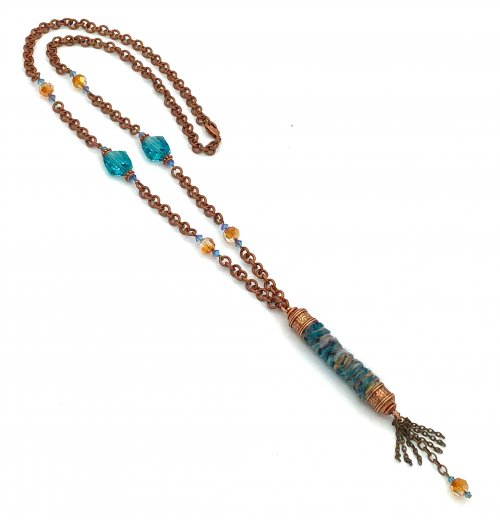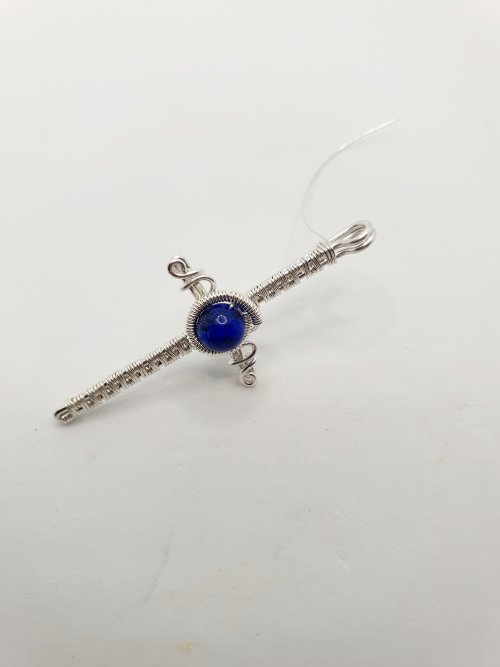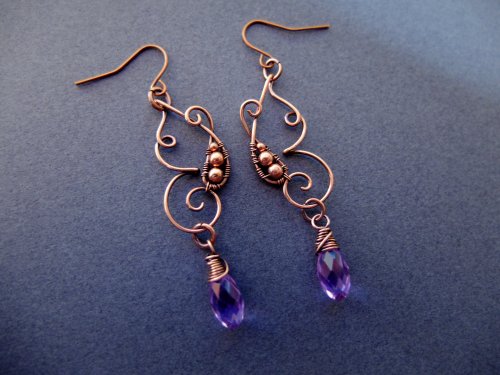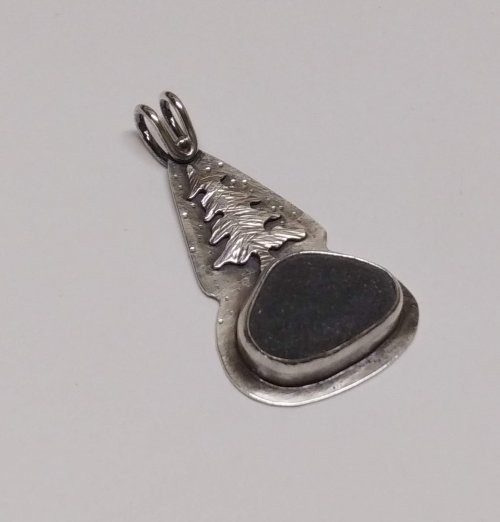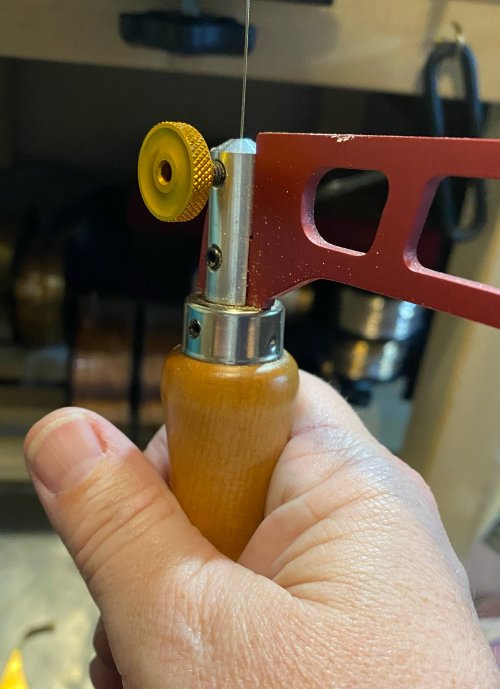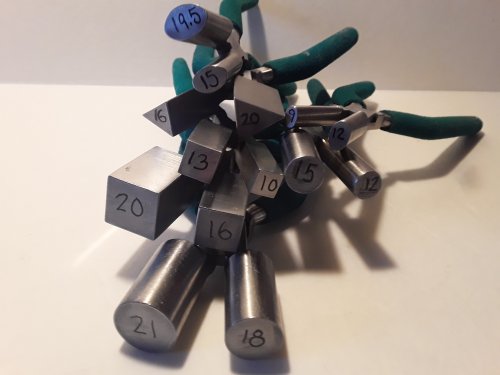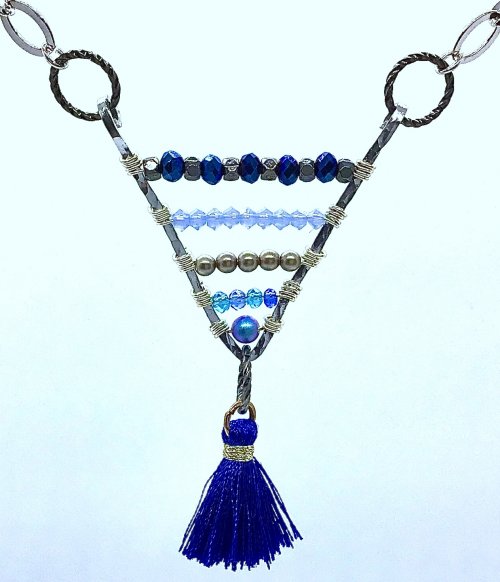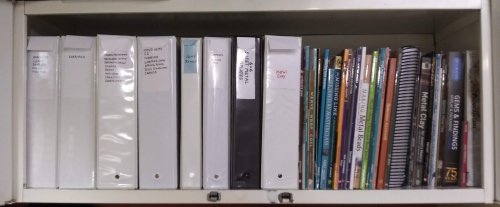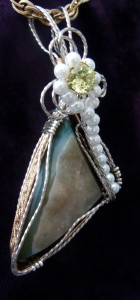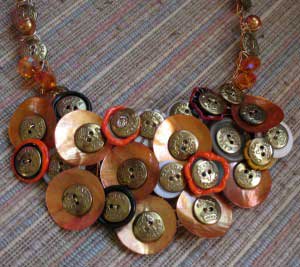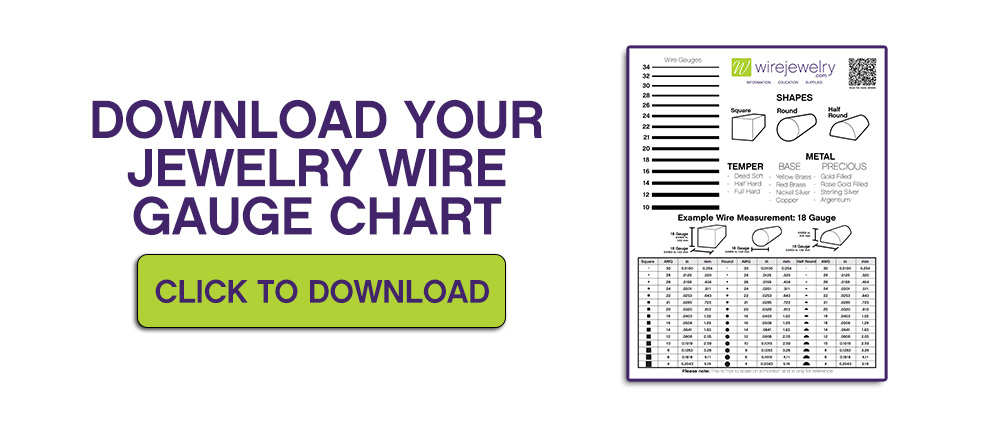Jewelry Measurement Conversions and Charts
Cabochons and beads are commonly measured in millimeters (mm), while many people in the United States are more familiar with inches (in). Here are some easy ways to figure out what size cabochon or bead to work with!
- To convert inches to mm, multiply inches by 25.4
- To convert mm to inches, divide millimeters by 25.4
If you're looking for help with how many feet are in an ounce or pound of wire, click here!
Cabochon Size Chart: MM to Inches Conversion for Popular Shapes
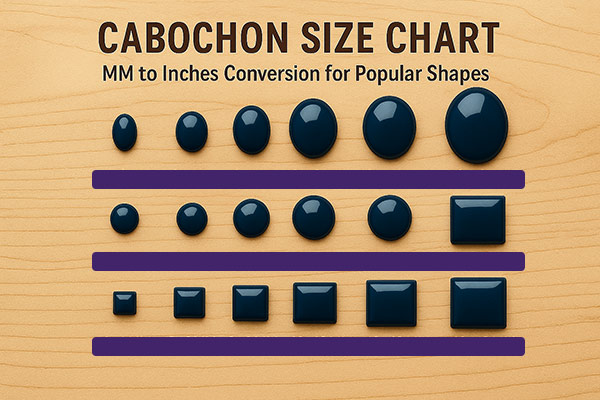
When shopping for cabochons, you’ll often see sizes listed as width × height—with the first number referring to the horizontal (left-to-right) measurement, and the second to the vertical (top-to-bottom).
So an "6 × 8 mm" cab is 6 mm wide and 8 mm tall. This is the standard used across most jewelry supply sites, including WireJewelry, to help you plan your designs with confidence.
Here are some common cabochon sizes, in millimeters and inches:

6 x 8mm
0.25" x 0.3"
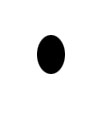
10 x 14mm
0.4" x 0.6"
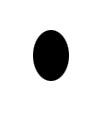
13 x 18mm
0.5" x 0.7"
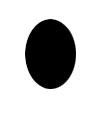
18 x 25mm
0.7" x 1"
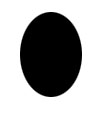
20 x 30mm
0.8" x 1.2"
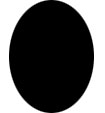
30 x 40mm
1.2" x 1.6"
Remember, there are 10 millimeters in 1 centimeter, so a 30 x 40mm cab can also be measured as 3 x 4 centimeters. Most rulers in the U.S. have one side for inches, and one side for centimeters.
For comparison, a U.S. Quarter is 24.26mm in diameter (across); a quarter is nearly the same size as a 25mm round cabochon.
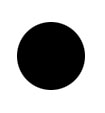
U.S. Quarter
(24.26mm)

Cabochon
25mm Round
A U.S. Penny is 19mm in diameter, or 3/4" across. Here's a penny compared to an 18 x 13mm cab:
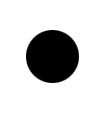
U.S. Penny
(19mm)

Cabochon
13 x 18mm
Bead Size Chart: Common Bead Dimensions in Millimeters and Inches
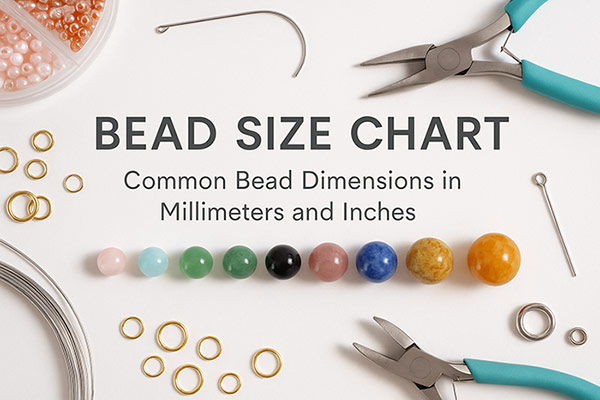
Do you want to know the number of beads in a strand?
If you know the length of the strand and the size of the beads, you can estimate the number of beads in any strand.
Note: this method may not work on beads of different sizes on the same strand.
Here's how it works:
- Take the strand measurement and convert it to millimeters. On WireJewelry, most of our strands are 16" long, or 406.4mm.
- Divide the strand measurement by the size of the bead. For example, we have a 6mm round bead.

6mm Bead
406.4 ÷ 6 = 67.7
There are about 67 beads in a strand of 16" 6mm beads. Each strand may vary slightly by a few beads in either direction.
Jewelry Wire Gauge Size Chart
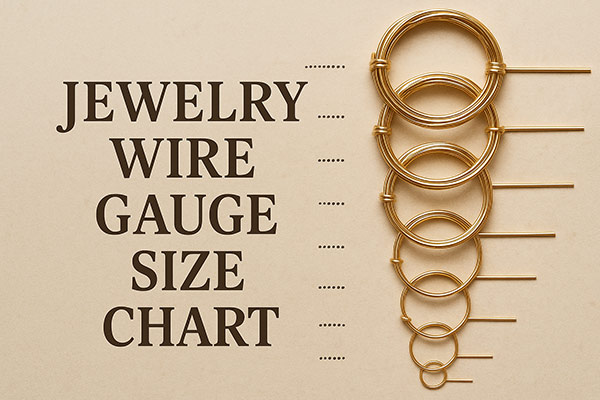
WireJewelry.com's jewelry wire is measured according to AWG standards. Not every wire is available in each shape and gauge; the boxes left blank in the chart below indicate that we do not usually stock that gauge in that shape.
All wire begins round, so it is the most common shape.
Here is how each shape is measured:

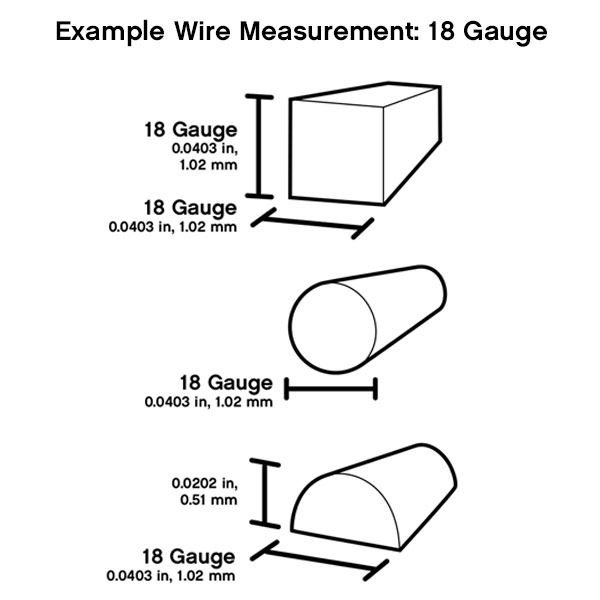
As you can see, the standard diameter and gauge of half round wire is measured across the flat part of the wire.
Here's a chart with the AWG Gauge (the gauge you're used to seeing, like 22-gauge), how wide that wire is in inches, how wide it is in millimeters, and approximately how large that is.
Use this chart to determine what wire to use with beads and more: Jewelry Wire Gauge Chart
Additional Resource for Jewelry Wire:
Jump Ring Size Guide: Inside Diameter, Wire Gauge & Use Cases
Inner Diameter (ID) & Outer Diameter (OD)

Jump rings are typically measured by their Inner Diameter, Outer diameter, and wire gauge.
For example, if you made your own jump rings from 18-gauge wire around a 5mm dowel, the Inner Diameter is 5mm, the gauge is 18-gauge (or 1.02mm, found in the chart above). But what's the outer diameter?
Some patterns call for jump rings measured in OD, some in ID. If you know either the ID or the OD as well as the gauge, you can find your missing measurement.
To find the Inner Diameter (OD)
Inner Diameter = OD - (wire gauge * 2)
To find the Outer Diameter (OD)
Outer Diameter = ID + (wire gauge * 2)
So using the example of an 18-gauge jump ring made around a 5mm dowel, remembering that 18-gauge is 1.02 mm:
OD = 5 + (1.02*2)
OD = 5 + 2.04
OD = 7.04mm for an 18-gauge jump ring with a 5mm ID.








